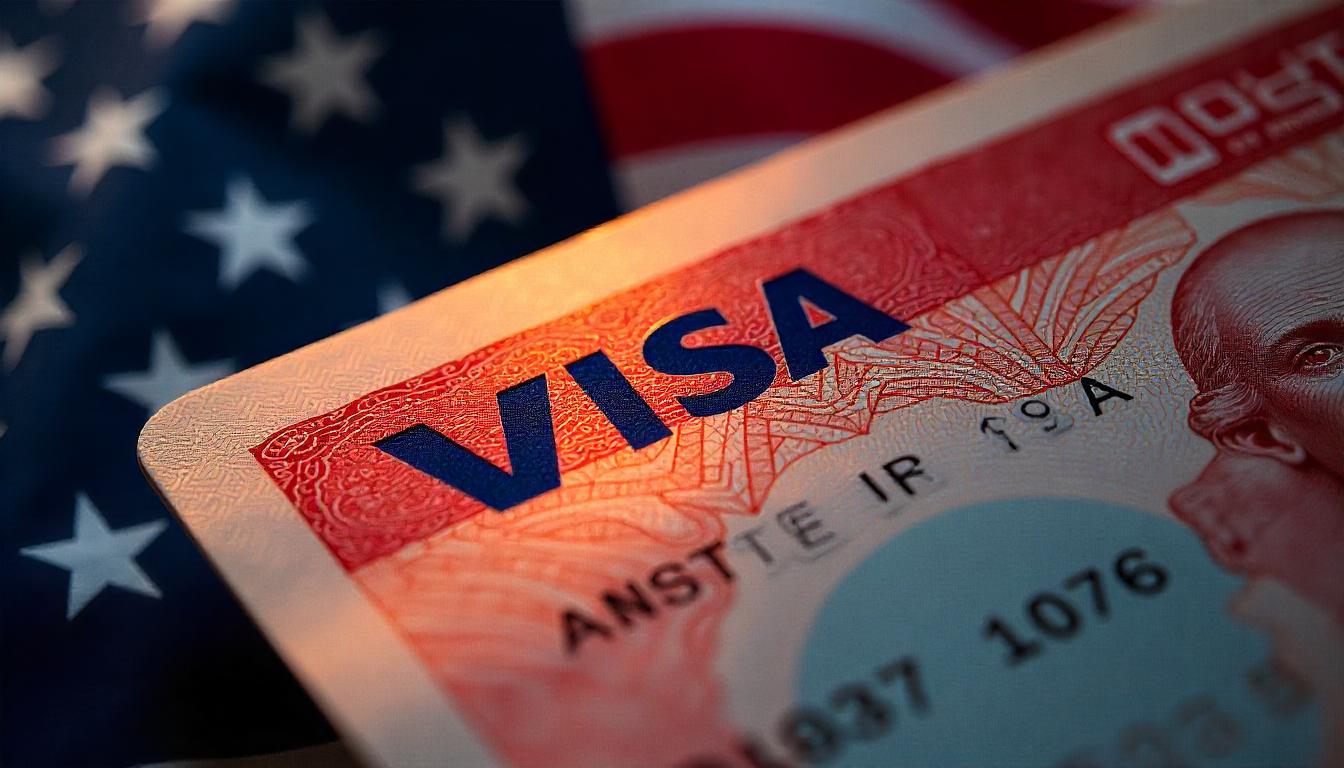
Planning an international journey? It’s common to confuse visa-free and visa-on-arrival access—but understanding the difference is essential to avoid travel hiccups. Many travellers face issues simply because they assumed one meant the other.
Beyond Border helps global travellers decode visa policies and avoid unpleasant surprises at immigration.
Visa-free travel means you don’t need a visa at all—not before travel and not upon arrival. These agreements usually exist between countries with strong diplomatic ties. You simply show your valid passport at immigration and proceed—no paperwork, no queues, no fees.
This is the gold standard of international travel convenience. But remember, visa-free stays still come with time limits (e.g., 30, 60, or 90 days), so always confirm the duration allowed for your nationality.
If you’re unsure whether your destination offers visa-free access, Beyond Border can verify the exact requirements based on your passport and travel plans.
Visa-on-arrival means you must obtain a visa when you arrive in the destination country. It’s more convenient than applying in advance, but it’s not as seamless as visa-free travel.
Here’s what it usually involves:
While easier than pre-travel visas, VOA still requires preparation. Immigration officials can deny entry if your documents are incomplete or your answers raise red flags. Beyond Border can help you prepare everything you need before you fly.
Though both options simplify travel, visa-free access is clearly more favourable. Here's how they differ:
Travelers must not assume VOA means automatic entry. Always check official embassy websites or let Beyond Border handle the research for you.
Many travellers assume they can just "show up" because they’ve heard a destination offers VOA or is "easy" on entry. This often leads to:
Don’t leave things to chance. Beyond Border helps travellers avoid these costly mistakes by giving you the most up-to-date, personalized visa advice.

As more countries shift policies rapidly—due to politics, security concerns, or tourism strategies—visa entry rules are no longer static. What was once visa-free may now require VOA, or vice versa. Keeping track is no longer optional.
With Beyond Border, you get expert guidance tailored to your nationality, trip purpose, and destination—ensuring a seamless experience every time you travel.